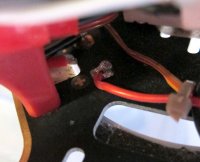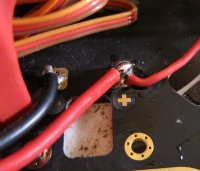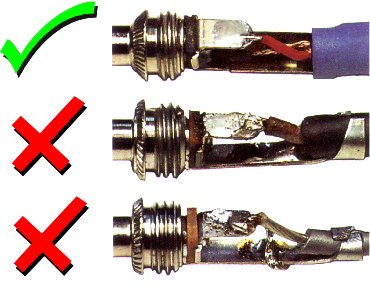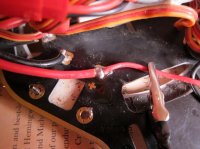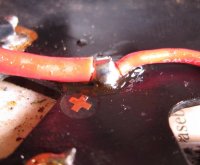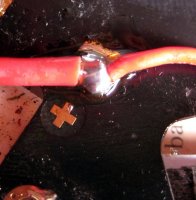I'm guessing you're done by now (I signed up yesterday to reply but didn't have access to email to validate my account), but for the benefit of anyone else finding this thread, this fun guide to soldering might prove helpful:
http://mightyohm.com/files/soldercomic/FullSolderComic_EN.pdf
For desoldering, you have a couple of options: desoldering wick, which is basically braided copper similar to the screen on coax cables (which can be used as a stand-in at a push), and a "solder sucker" which is like a reverse syringe with an internal spring, released with a push button. Not worth the investment for your one-off job, but handy for more frequent electronics work.
Oh, and please don't use flux! I've seen it mentioned here a few times, but flux is intended for soldering metalwork, such as joining the seams on sheet metal, not for electronics. It's acidic to help clean any oxidation on the metal, as well as acting as a wetting agent for the solder, helping it flow. Being corrosive, flux is unsuitable for electronics work, as it can eventually eat through fine copper pcb traces. Your solder should be rosin cored, which serves the same purpose, but is much gentler on the electronic components you're soldering, and saves manually applying it.
And as for the suggestion to switch from a 40W to 60W soldering iron, STOP! Used correctly, a 15W iron should be ample. This isn't jewelry making class! :shame:

